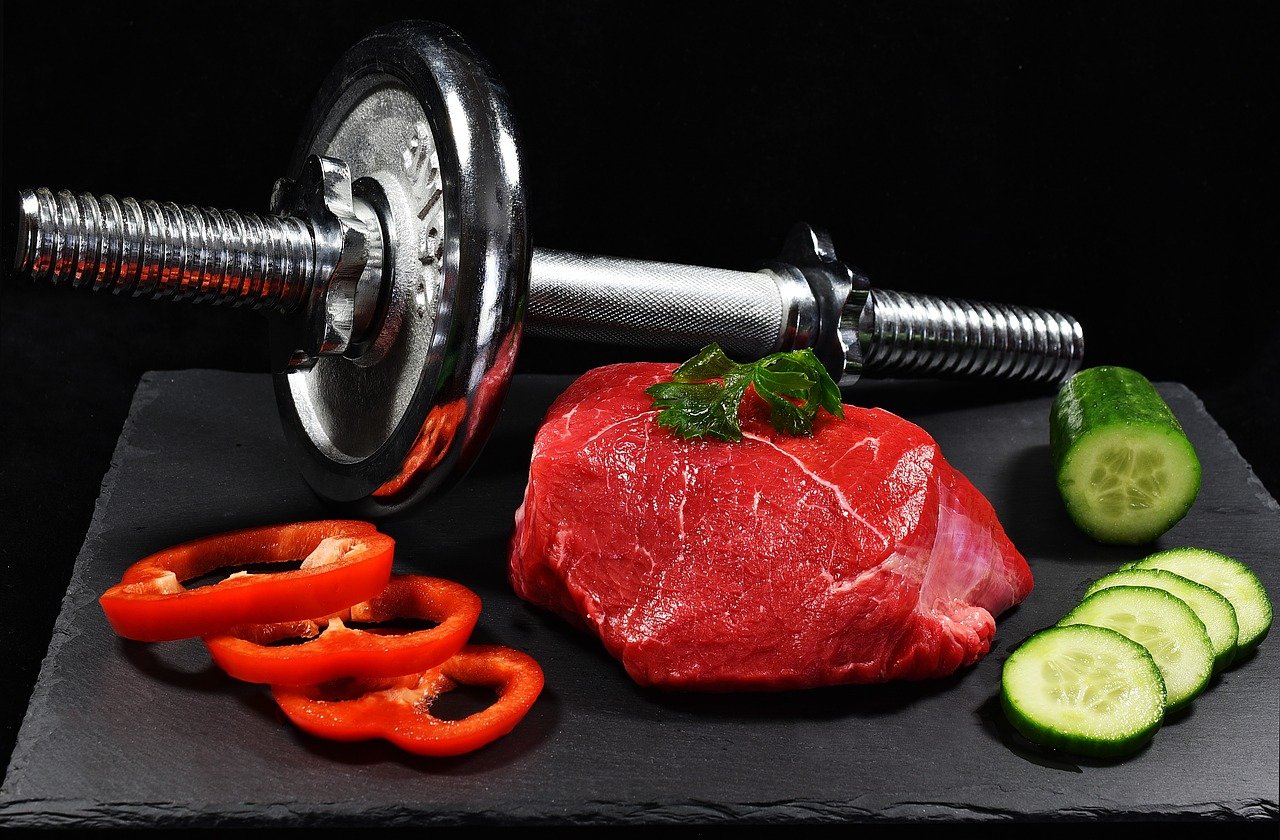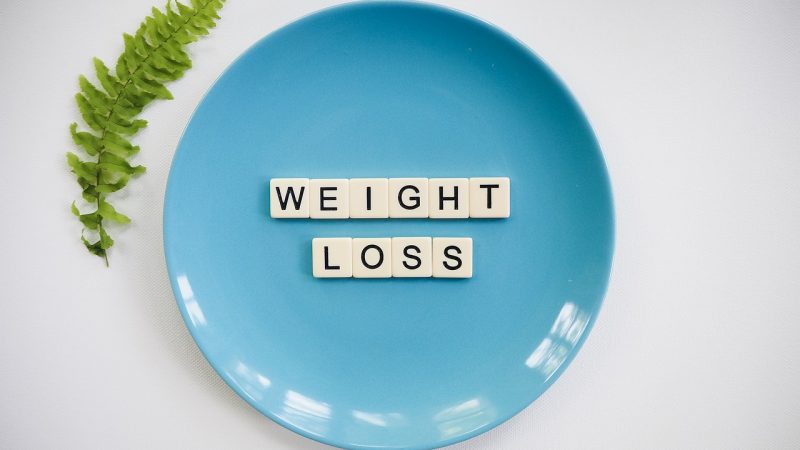Weight Loss – 5 Common Mistakes You Should Avoid Making

Weight loss is a relatively difficult and long process – at least a permanent one. The lack of experience and knowledge makes it even more difficult to achieve. Many beginners who want to lose weight make the same mistakes that slow down their progress and even reverse it. Here is a list with the most common among them, which you should avoid in order to achieve your goal easier.
-
Doing the wrong exercises.
Beginners often overdo some exercises such as biceps flexion with dumbbells, kick-back and others that load only one muscle. However, they not as effective as heavier, basic exercises that work a set of 2 or more muscle groups at once. Although some isolation exercises can activate muscles as well as basic ones, muscle activation is not necessarily for its development. What the isolation exercises lag behind the basic ones in this case is the ability to take on more weight and progressive load. This is key to building volume and endurance in muscle.
Many people wonder why they have to develop muscle mass when they are trying to lose weight. The answer to this is simple – strength training, and especially those with basic exercise, will help to burn fat faster, as well as toning and tightening the body under them. In addition to shaping your physique better, muscles will speed up metabolism. Muscles need to be trained because they are a tissue that requires a lot of energy from the body to maintain itself. The bottom line is that you will both look better and burn fat more easily.
-
Doing too much cardio.
Many beginners rely only on cardio for weight loss. It is true that if your goal is to tighten and lose weight, it is good to combine strength training with cardio, but there is a right way and a wrong way to do it. Long and exhausting cardio workouts bring only mental fatigue and loss of muscle mass, which you need to maintain and even develop. Experts say that the right way is to emphasize on strength training, because it brings both the advantages mentioned above and also the so-called “afterburn” effect – the metabolism stays fast for hours after the end of the workout and you burn fat for a much longer time than after cardio.
As for cardio – you just need to combine it with strength training. The best time for it is either immediately after strength training, or in the morning, on an empty stomach. The duration of a session should be between 20 and 40 minutes, no more. Combined, strength training and cardio will give you optimal results.
-
Overloading your abdominal muscles.
One of the most desired goals of every trainee is to sculpt a well-shaped and tight abdomen. In their quest to achieve this, people put all their efforts and dedication in this direction, relying on countless exercises and repetitions for the abdomen in their fitness program. Unfortunately, this approach is wrong.
Anyone who has ever wanted to lose weight has dreamed of a tight and flat stomach. However, to achieve this, you must first burn fat in the abdominal area. In this way, the abdominal muscles will also stand out. If the muscles are under a layer of fat, no matter how developed and tight they are, they just won’t show. Countless exercises will develop the muscles and even help burn some of the fat in the body, but there is no way to specifically target those around the abdomen.
-
Ignoring the progressive load.
In order to shape and develop your body, you need to make it work hard. You don’t have to choose a comfortable load at the beginning when you start training and just stick to it forever. On the contrary, you need to progress, gradually increasing your load during training, when you feel that the time has come for it. You will know that you are ready to lift the load when you feel that you are doing your workout without much effort and without getting tired, and after it you feel ready for more workload.
-
Starving.
Last but not least, starving is probably the most common mistake made. This is an extremely wrong, ineffective, harmful and even hazardous approach to weight loss. During fasting, the body gradually begins to feed on itself, burning fat, but also muscle and, in extreme cases, even vital organs. When the body feels that it is not getting enough calories, is starts saving more energy.
Thus, at one point, each food intake begins to be stored in the body. This supply is usually in the form of fat. Therefore, losing weight is a thing of the past and you will soon be back to square one.



